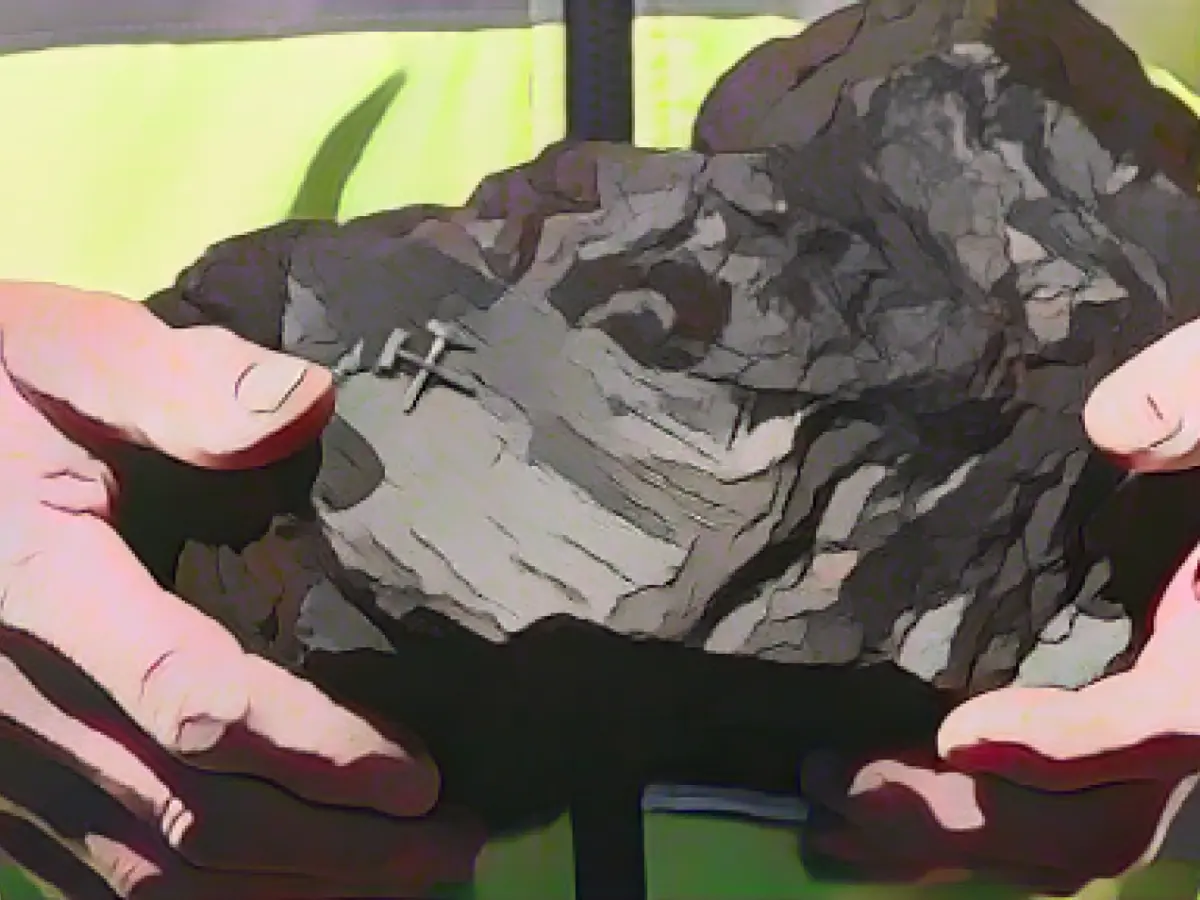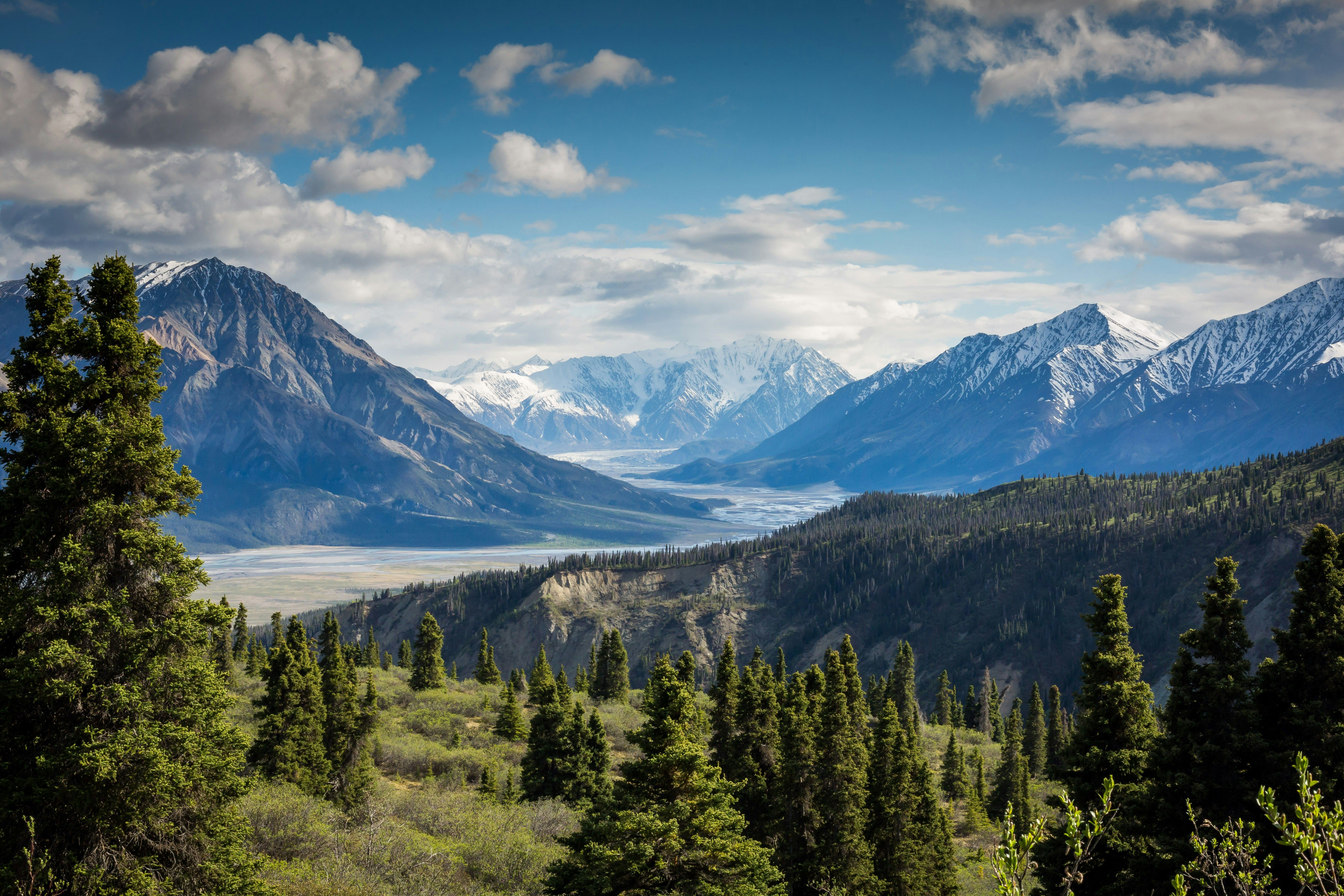That's the End of Coal Mining at Jänschwalde's Open-Cast Mine: A New Beginning for Lusatia's Industrial Region
Saying goodbye to 50 years of lignite mining at Jänschwalde's open-cast mine was a bittersweet moment. Brandenburg's Minister President, Dietmar Woidke (SPD), took the last piece of coal and expressed his gratitude to the miners. Despite this, the energy company Leags will continue operating other open-cast mines in Lusatia, aiming for a 2038 coal phase-out and transition to renewable energy sources.
Woidke underscored the importance of the post-mining phase, stressing the need for tipping area recultivation, embankment securing, and lake creation to secure Lusatia's industrial region's future. In the coming months, Leag will wrap up geotechnical safety measures at the Jänschwalde mine.
While the coal era comes to an end at Jänschwalde, north-east of Cottbus, Leag is pressing forward in constructing solar farms on the ex-mining site. Leag's Production Director, Philipp Nellessen, mentioned they have already restored around 2,500 hectares for this purpose. New settlements and industrial jobs are shaping up in the region, offering a promising future beyond coal mining.
Woidke praised the miners for their devoted service in delivering energy reliably, even in harsh weather conditions. Their hard work served as the foundation for Germany's power supply. Transitioning to renewable energy is a collective effort that involves entire communities and the passion and dedication displayed by these miners are indispensable.
Solar Power Transition
With the winding down of coal mining in Jänschwalde, Leag plans to construct a solar plant on the former open-cast mining areas. This ambitious project will contribute to Lusatia's energy transformation and climate protection goals.
Controversies and Future Plans
Some critics, like Benjamin Raschke of the Green parliamentary group, contend that the company's promises to conduct recultivation work remain unclear as the financing is still to be decided. Raschke suggests establishing a public foundation to handle the aftereffects of lignite mining. Future prospects include the creation of lakes on the ex-lignite sites and the advent of new industrial opportunities for the region.
Innovative Solutions for the Energy Transition
The Innovative Storage Power Plant (ISPP) at Jänschwalde is an integral part of the renewable energy transition. It combines conventional and renewable technologies, including wind and photovoltaic plants, green hydrogen production, thermal storage capacities, and modular design. This integrated approach allows the site to adapt to different sectors and grow with the energy transition need.
This is just the beginning of a transformative journey towards a sustainable, renewable energy future in Lusatia.
Related Articles
- Source:








